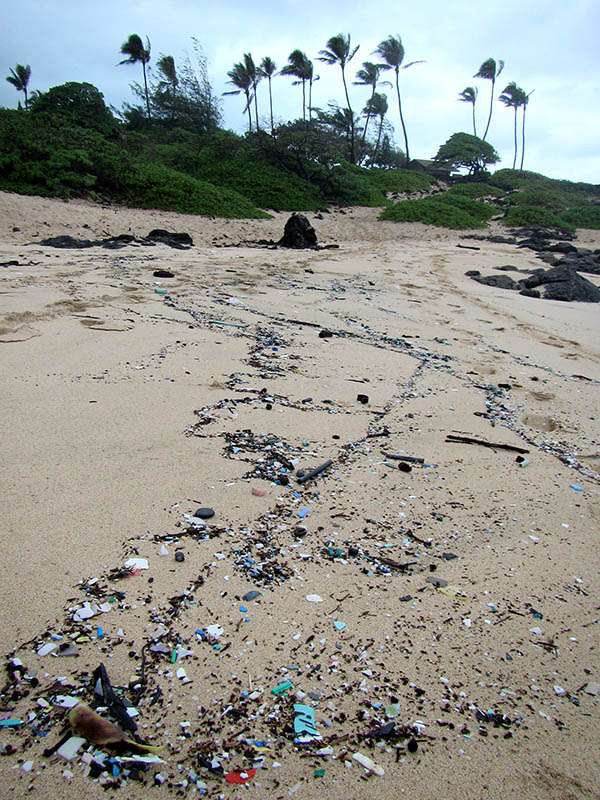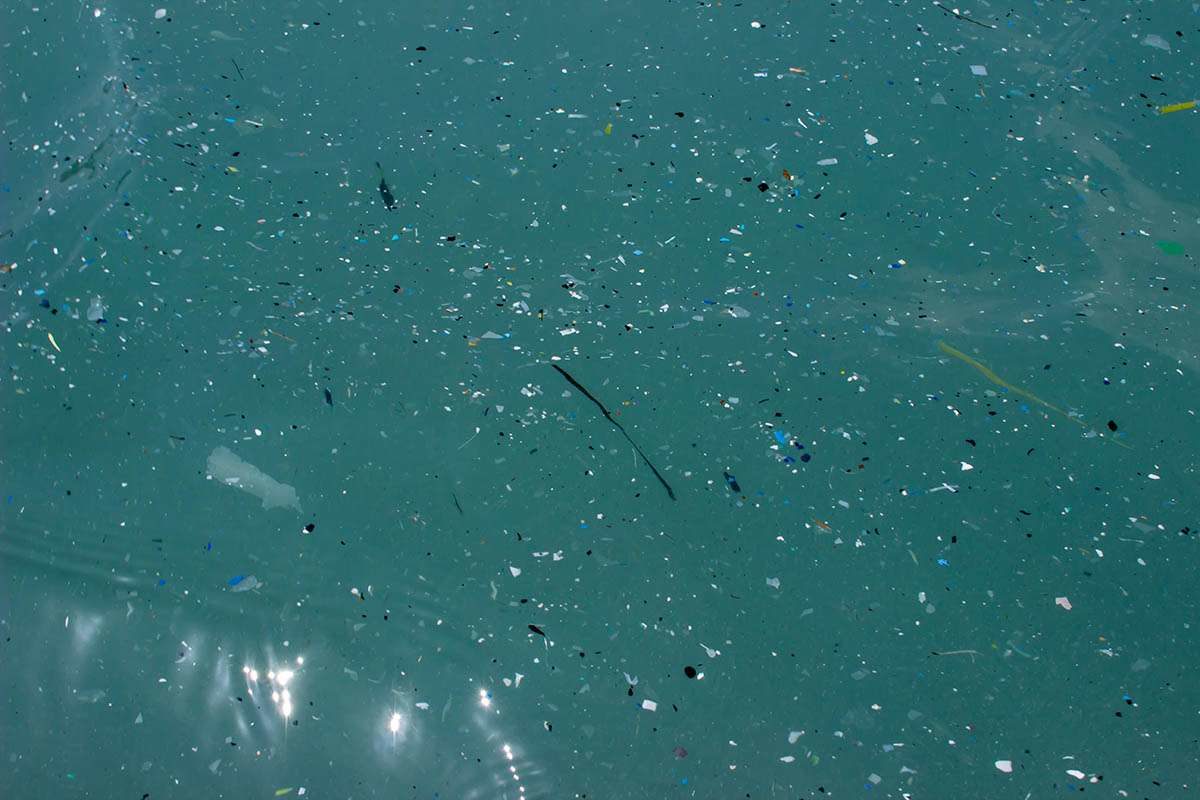
Scientists at the Plastic Health Summit in Amsterdam have revealed disturbing research on micro- and nanoplastics, warning of their potentially deadly effects on human immune cells
By Abigail Spink
Microplastic pollution is no small issue. Defined as any plastic debris measuring less than five millimeters in length, these tiny particles are having a sizeable impact on environmental, and possibly now, human health. According to a study published by the International Solid Waste Association last year, the production of plastic in 2016 reached 335 million tonnes. It has been estimated that nearly ten per cent of plastic produced each year ends up in the natural environment. As a result, microplastic particles, which emerge from the breakdown of larger materials, are ever-present in soil, oceans, waterways and the air.
Stay connected with the Geographical newsletter!
In these turbulent times, we’re committed to telling expansive stories from across the globe, highlighting the everyday lives of normal but extraordinary people. Stay informed and engaged with Geographical.
Get Geographical’s latest news delivered straight to your inbox every Friday!
It has widely been acknowledged that microplastics pose a threat to marine life by entering food chains, but little is currently known about their effects on humans. It is thought that we ingest thousands of invisible plastic particles each year through food, water and breathing, with the consumption of seafood and bottled water being among the main causes. This was evidenced by research at the Medical University of Vienna that found 20 microplastic particles in every ten grams of human stool. While scientists have long speculated about the health impacts of plastic exposure, particularly that of Bisphenol A (BPA), a chemical used to make forms of polycarbonate that may interfere with hormone activity, most research has been inconclusive.
The launch of the Plastic Health Summit, taking place 3 October, aims to set the record straight by releasing the results of a study from the University Medical Centre (UMC) Utrecht that indicates immune cells that recognise and attack microplastics die quickly as a result of the contact.

As part of the study, microplastics coated in blood plasma were placed in culture dishes alongside human immune cells under laboratory conditions. It was found that 20 per cent of immune cells tested in culture dishes without microplastics died within 24 hours. When immune cells came into contact with microplastics, 60 per cent of the cells died within the same time period. Researchers subsequently concluded that this rate of cell death was far in excess of when immune cells encounter and engulf most bacteria or foreign bodies.
The implications of this could be serious, as forms of accelerated cell death or damage can prompt an inflammatory response in the body. Preliminary findings published last year by a different research group demonstrate other concerning impacts including size-related toxicity of plastic particles, chemical transfer of adsorbed chemical pollutants and disruption of the gut microbiome.
The Amsterdam summit, organised by the Plastic Soup Foundation and supported by environmental campaign group A Plastic Planet, will today present the results of 15 groundbreaking research projects which began in early 2019. With a focus on explaining known and newly uncovered health effects caused by BPA, PFAS, phthalates and other chemical additives which are commonly added to everyday plastics, the conference may be vital for driving global and EU policy recommendations.
While it has been acknowledged by assistant professor Nienke Vrisekoop, leader of the aforementioned study, that ‘urgent further research is needed to paint as full a picture as possible’, many are pushing for the significance of the findings to be globally recognised. Sian Sutherland, A Plastic Planet co-founder, claimed that: ‘Anyone who cares about their health or the health of their children will be profoundly worried about today’s findings. With plastic production set to quadruple in the next decades, we need to ask ourselves – is this risk worth it for the sake of convenience in our throwaway lifestyle, or is this finally the proof needed to turn off the plastic tap? The Plastic Health Summit is a vital catalyst for us to finally understand the true cost of plastic on human health.’
Maria Westerbos, founder and director of the Plastic Soup Foundation concurred, stating: ‘If we want to give our children and their children a fair chance, then all this proof is enough to turn the tide.’

It will, however, prove difficult to rid ourselves of what has become a staple material in nearly every aspect of life. Cheap and disposable by nature, plastic is used in the production of clothing, cosmetics, building materials, and food and drink packaging. It’s hard to imagine a world without it, particularly when it has been located in the farthest-flung corners of the planet, including uninhabited islands, deep ocean trenches, and the Arctic.
The emergence of the Amsterdam summit, which is the very first of its kind, will look to initiate the action required to control our single-use problem. David Azoulay, environmental health program director at the Center for International Environmental Law concluded that: ‘the demonstrated impacts along the life-cycle of plastic paint an unequivocally toxic picture. Plastic threatens human health on a global scale. It’s high time businesses across the world took responsibility for the plastic they produce.’

Subscribe to our monthly print magazine!
Subscribe to Geographical today for just £38 a year. Our monthly print magazine is packed full of cutting-edge stories and stunning photography, perfect for anyone fascinated by the world, its landscapes, people and cultures. From climate change and the environment, to scientific developments and global health, we cover a huge range of topics that span the globe. Plus, every issue includes book recommendations, infographics, maps and more!




